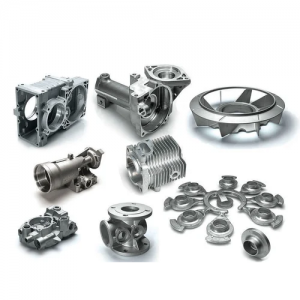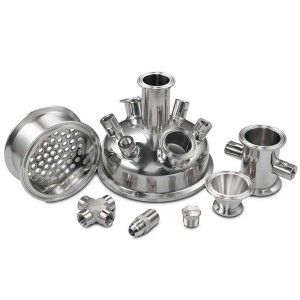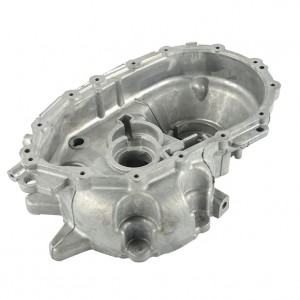Brief Introduction of Aluminum Materials
Information of Aluminum
| Features | Info |
| Subtypes | 6061-T6, 7075-T6, 7050, 2024, 5052, 6063, etc |
| Process | CNC machining, injection molding, sheet metal fabrication |
| Tolerance | With drawing: as low as +/- 0.005 mm No drawing: ISO 2768 medium |
| Applications | Light & economic, used from prototyping to production |
| Finishing Options | Alodine, Anodizing Types 2, 3, 3 + PTFE, ENP, Media Blasting, Nickel Plating, Powder Coating, Tumble Polishing. |
Available Aluminum Subtypes
| Subtypes | Yield Strength | Elongation at Break |
Hardness | Density | Maximum Temp |
| Aluminum 6061-T6 | 35,000 PSI | 12.50% | Brinell 95 | 2.768 g/㎤ 0.1 lbs / cu. in. | 1080° F |
| Aluminum 7075-T6 | 35,000 PSI | 11% | Rockwell B86 | 2.768 g/㎤ 0.1 lbs / cu. in | 380° F |
| Aluminum 5052 | 23,000 psi | 8% | Brinell 60 | 2.768 g/㎤ 0.1 lbs / cu. in. | 300° F |
| Aluminum 6063 | 16,900 psi | 11% | Brinell 55 | 2.768 g/㎤ 0.1 lbs / cu. in. | 212° F |
General Information for Aluminium
Aluminium is available in a wide range of alloys, as well as multiple production processes and heat treatments.
These can be divided into two main categories of wrought alloy as listed below:
Heat Treatable or Precipitation Hardening Alloys
Heat treatable aluminium alloys consist of pure aluminium that is heated to a certain point. The alloy elements are then homogeneously added as the aluminium takes on a solid form. This heated aluminium is then quenched as the cooling atoms of the alloy elements are frozen into place.
Work Hardening Alloys
In heat-treatable alloys, ‘strain hardening’ not only enhances the strengths achieved by precipitation but also increases the reaction to precipitation hardening. Work hardening is used liberally to produce strain-hardened tempers of the non-heat-treatable alloys.






